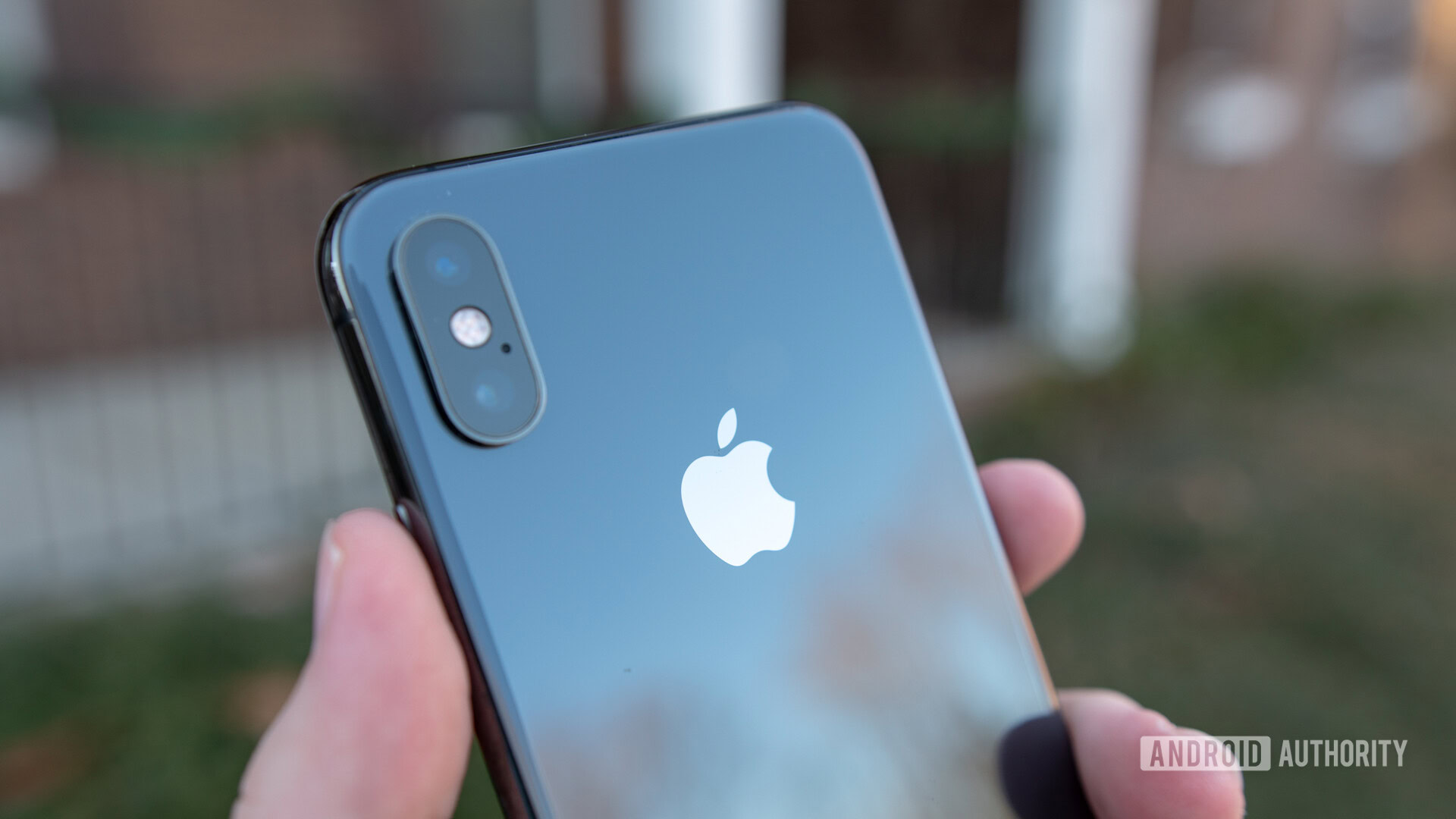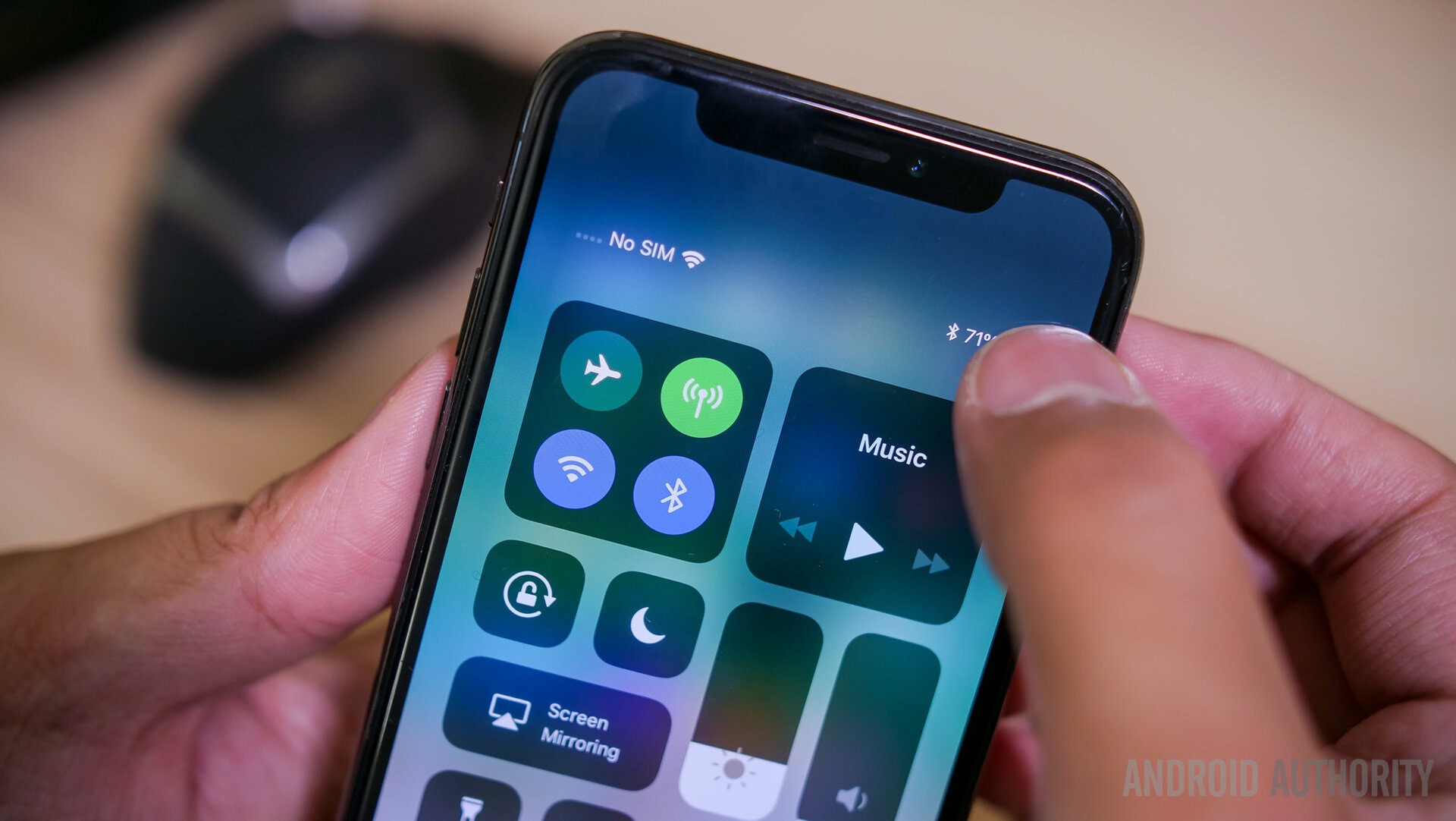Affiliate links on Android Authority may earn us a commission. Learn more.
Report shows how Apple is essentially handing Indian market to Android

- A new report from The Wall Street Journal dives deep into Apple and its lack of success in India.
- According to the report, Apple’s Indian iPhone shipments, as well as its market share, have fallen significantly in the past year.
- Meanwhile, Android OEMs are finding huge success in India, mainly by working with — not against — the market.
It’s no secret that the entire smartphone industry is betting big on India. In many parts of the world — including the United States — smartphone sales are flattening since pretty much everyone has a smartphone by now. In India, however, less than a quarter of over 1.2 billion Indians own a smartphone, which means big opportunities for manufacturers.
One would assume that Apple — one of the world’s biggest smartphone makers — would also see huge success in India. However, according to a new report from The Wall Street Journal, Apple is facing “little success” in the country, while Android OEMs are doing very well indeed.
According to the report, Apple’s main issue is its refusal to alter its business strategies to accommodate the Indian market. In the U.S., as in the rest of the world, Apple releases select few products per year, focusing on using marketing to create a passionate demand for those high-priced products. This strategy has made it the world’s most profitable company.

In India though, this tactic doesn’t work as well. When it comes to smartphones, most Indians are looking for inexpensive devices with a focus on a few integral features, like battery life, for example. The average Indian consumer wants to spend about $250 on a smartphone, pay for it all at once, and then connect it to a prepaid wireless plan.
In other words, most Indians see a smartphone as a tool, not a status symbol.
Although Apple does offer an older iPhone model in this ideal price range — the iPhone SE from 2016 goes for about $250 in the country — it isn’t helping its overall sales. Since 2017, Apple’s market share has halved from a measly 2 percent to a paltry 1 percent. It also shipped 40 percent fewer iPhones to the country over the past year.
Back in 2015 when Apple’s revenue in India was climbing, the company reportedly created a five-year plan for the market. Its goal was to raise its Indian revenue from $1 billion per year to $5 billion per year by 2020. However, in its most recent fiscal report, the company reported Indian revenue of only $1.8 billion.
Apple seems to think the Indian market is business as usual, but it's not. Android OEMs understand this, and are flourishing.
This report makes it clear that Apple’s strategy is not working even by its own metrics.
Meanwhile, Android OEMs are seeing much success in India. OnePlus, in particular, is doing very well in the country, with 30 percent of the premium smartphone market — more than even Samsung, the world’s biggest smartphone manufacturer. Fellow Chinese OEM Xiaomi is also seeing a lot of success in the country by offering a slew of powerful-but-cheap Android devices.
If Apple doesn’t want India to become Android’s biggest success story, it’s going to have to dramatically alter its business strategy. This WSJ report makes that clear. The question then becomes: will it do so?
NEXT: Apple’s W1 chip: What is it, and why don’t Android users get a bite?